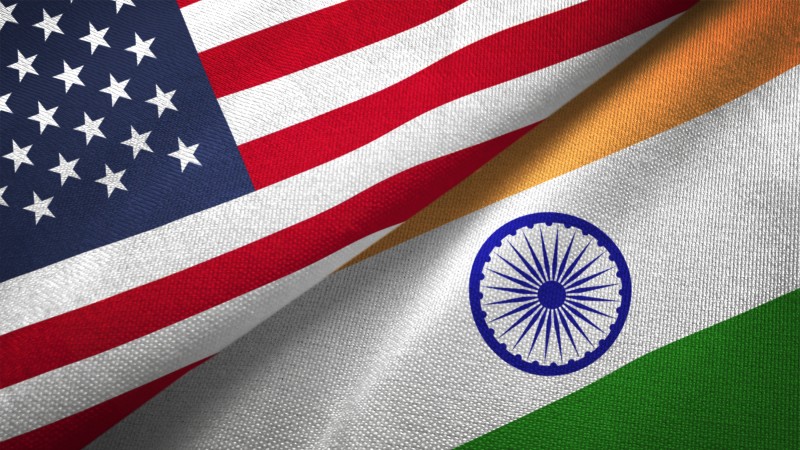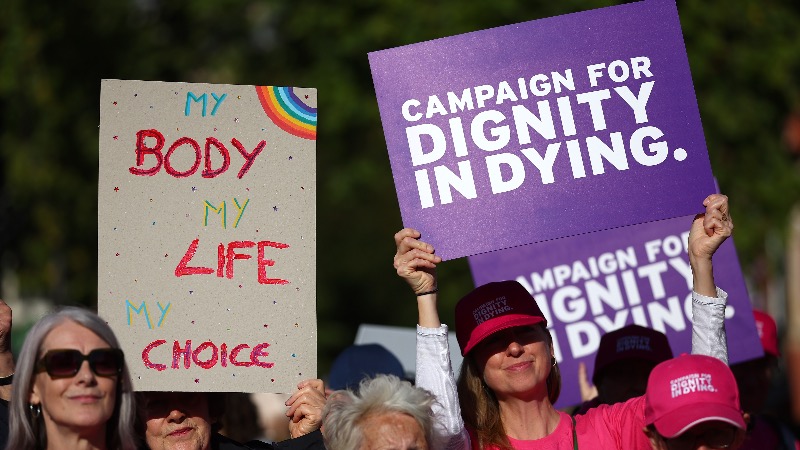 Image Credit: Oleksii Liskonih / Getty
Image Credit: Oleksii Liskonih / Getty The U.S. and India are close to a possible trade deal that would reduce tariffs on Indian exports to about 15% to 16% from the current 50%, according to the Mint.
In return, India may reduce imports of Russian oil and open its market to non-genetically modified American corn and soymeal products. The bilateral trade agreement could be announced when President Donald Trump and Prime Minister Narendra Modi meet at the ASEAN Summit in Malaysia between Oct. 26 and 28.

The Indian financial daily newspaper cited three unidentified people who were familiar with the deal. Here’s what they said:
India and the U.S. are closing in on a long-pending trade deal that could slash the current tariffs for Indian exports to 15–16% from a punishing 50%, according to three people aware of the matter.
With energy and agriculture emerging as key cards at the negotiating table, India may agree to gradually reduce its imports of Russian oil, the people cited above said on condition of anonymity. The purchases had prompted a punitive levy of 25% on Indian exports, which is over and above the 25% reciprocal tariffs announced in April.
India may also allow more non-genetically modified (GM) American corn and soymeal into its markets. Further, it is pushing for a mechanism to revisit tariffs and market access over time in the agreement.
Mint said the bilateral trade agreement may be announced when Modi and Trump meet at the ASEAN Summit in Malaysia.
Late Tuesday, Modi wrote on X:
Thank you, President Trump, for your phone call and warm Diwali greetings. On this festival of lights, may our two great democracies continue to illuminate the world with hope and stand united against terrorism in all its forms.
Russian crude remains a major flashpoint. India is the world’s second-largest buyer of Russian oil after China, importing around 1.6 million barrels per day, up sharply from 50,000 bpd in 2020. Trump previously hiked tariffs by 25% as a penalty for India’s continued purchases.
Earlier this year, the U.S. and India agreed to target $500 billion in trade by 2030, but those talks broke down after U.S. trade officials demanded greater access to India’s agricultural and dairy sectors. According to Mint sources, the new deal stated that “broad contours of the agreement are in place, but sensitive areas such as agriculture and energy need political clearance before the deal can be announced.”
What may overshadow any trade deal between the U.S. and India is what Trump described on Tuesday about a potential “fantastic” trade deal with China.
Try our Ultimate Seamoss Gummies now! Visit TheAlexJonesStore.com to purchase the original Ultra Methylene Blue, t-shirts, nutraceuticals, posters, flags and more amazing products!


